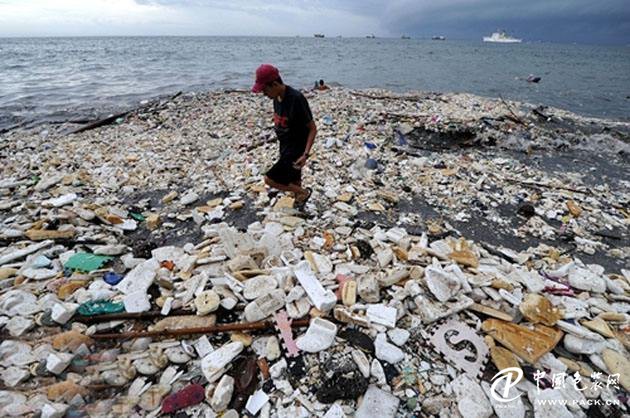
[Chinese Packaging Network News] Scientists have been plagued by a chemical problem for decades: Polyethylene (PE) and Polypropylene (PP), which account for two-thirds of the world's plastics, cannot be merged to achieve new ones because of different chemical structures. The use of, or at least not very effective. This problem has existed since these two materials were introduced on the market for 60 years.
However, the latest findings from a laboratory may change this situation. The lab is led by Geoffrey Coates, professor of chemistry and chemistry biology at Cornell University.
When Coates talks about plastics and recycling, it usually raises the question: How much is the 78 million tons of plastic used for packaging? For example, a 2 litre plastic bottle and a food takeout box will usually be recycled in similar ways. Use it?
The answer is a bit sad, only 2%. Nearly 1/3 of the total inflows into the natural environment, 14% were incinerated and/or energy was recovered, and the proportion of landfills was as high as 40%.
Coates and his team worked with researchers at the University of Minnesota to develop a multi-block polymer that can be added in small quantities to these two incompatible materials to create a new type of polymer with strong mechanical properties. .
The two teams published an article in the February 23 issue of the journal Science, "Merging PE and PP together: High-performance PE/iPP multi-block copolymers."
James Eagan, a postdoctoral fellow of the Coates team, was the author of the paper. Other collaborators included fellow researcher Anne LaPointe and former visiting scientist Rocco DiGirolamo.
Scientists have been trying to develop such a polymer for years, and Coates, LaPointe and Eagan did. A small amount of the tetrablock copolymer they developed allowed the PE and PP segments to interact with each other, resulting in a higher strength material than the diblock polymer they tested.
“Someone used to do this kind of thing before,†Coates said. “But they usually add 10% soft materials, so the properties of the plastic itself are destroyed and the resulting properties are not as good as the raw materials.â€
"What makes us excited is," he added. "We only need to add 1% of additives to get superior plastic alloys."
Eagan said that this tetrablock copolymer can not only improve the recovery rate, but also may create a new series of polymer blends with excellent mechanical properties.
“If the mechanical properties are good, you can use 30% less material to make a milk bottle and think about the sustainability of doing so,†he said. “You can use less plastic, less oil, and fewer employees. To recycle, you have products that are lighter and easier to transport.â€
Painting and tracing without a lightbox is like painting on a canvas without an easel. The light box is a translucent surface uniformly backlit by LEDs. It allows you to paint with the highest precision no matter where you are. Illustrators can use the tracing lightbox to color comic strips directly from pencil sketches without the need for tracing or carbon paper.
In addition to being great for drawing and tracing, photographers can also use light boxes to view slides or negatives. Light boxes are also very handy tools for crafts.
Battery Light Pad,Ultra-Thin Portable LED Light Box,LED Light Pad with Stand
Guangdong Jishengke Industrial Co.,Ltd , https://www.dgjskpad.com